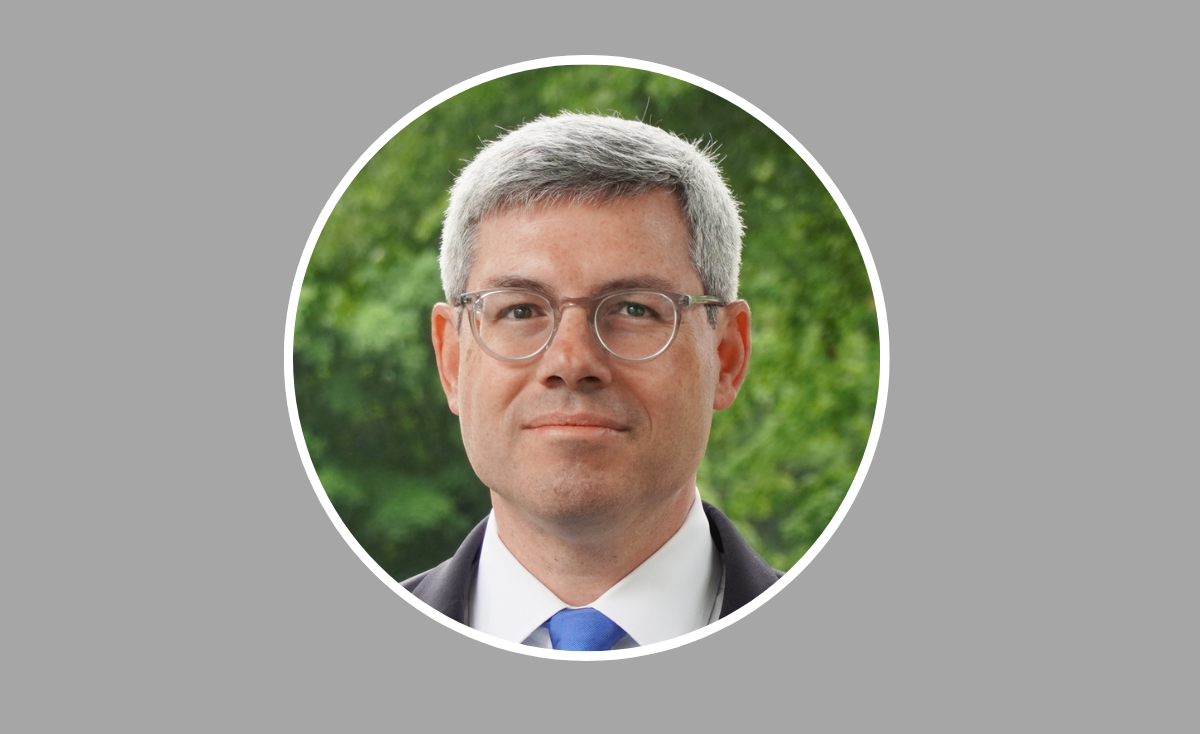
The question of what role alternatives play in the fixed income market – and which specific segment of the market stakeholders should be looking at – has been keenly felt given recent macroeconomic volatility over the past 12 months.
“Alternatives do have a place in portfolios,” said Gary Aiken, Chief Investment Officer, Concord Asset Management (formerly CIO at American Armed Forces Mutual Aid Association (AAFMAA)). However, he noted that this was dependent upon the manager's level of sophistication and due diligence process. He added that investment teams needed to ensure that they either have an internal operation in those markets or a vetted external vendor – to the point where they can trust the partner to be a “real professional”.
In a February Clear Path Analysis report, “Institutional Fixed Income, North America 2022”, several industry leaders – including Aiken alongside representatives from the Employees’ Retirement System of Texas and Mercer – spoke about where institutional investors are deploying their capital in the current environment, and how alternative investments fit into the equation.
“The general level of sales pressure in the alternative space means that there
are marginal providers of alternatives that are getting capital flows.”
From 2015 to the end of 2021, assets under management (AUM) across alternatives asset classes have grown from $7.2 trillion to $13.3 trillion, according to Preqin. This means that alternatives now make up a sizeable portion of insurance investment portfolios, with alternative investments seeing an increasing amount of capital headed in their direction. “The general level of sales pressure in the alternative space means that there are marginal providers of alternatives that are getting capital flows that aren’t primary operators in that space or who are potentially inflating their real level of expertise,” Aiken said.
He added that, “given illiquidity in these kinds of markets – private equity, real estate, and private lending, for example – at some point these market-to-market adjustments are going to have to come.” This phenomenon of suddenly-rising adjustments might occur all at once at the end of a quarter, Aiken said, rather than slowly eroding day-by-day. If this were to happen, he continued, it would be a "wakeup call" for those who haven't been focused on this area in the past.
The effect of new cash coming into the alternatives market could also have a significant impact, Aiken said – especially due to the changing nature of these additional cashflows. “New dollars into alternatives in the current environment have a much higher bar because core fixed income,” he said. “Even public equities – after the [mid-2022] drop – are relatively more attractive than they were at the start of last year."
Insurers could play a major part in the cashflow trend, with some thinking that this sphere could be loss volatile. However, Aiken was adamant that alternatives were still important to a good investment strategy, despite market volatility. In its 2023 outlook, Invesco said that “increased exposure to alternative investments with direct links to inflation – for instance, real estate, infrastructure and commodities – could also assist in offering protection and generating solid returns."
“There are reasons to have them as part of your portfolio and the diversification
benefits that they provide are also important."
Aiken added that he believed alternatives have a place in portfolios either as an inflation hedge or, in the case of real estate, a cashflow provision for a different part of the market, such as direct lending. This is because alternatives could outperform other, more traditional assets during periods of rising interest rates due to their structural advantages over long-duration fixed income – especially as relates to macroeconomic risks. “There are reasons to have them as part of your portfolio and the diversification benefits that they provide are also important,” he continued.
However, there could be further changes afoot to the ways these investments are undertaken. “The mathematical bar of X and Y returns is going to have to be higher for those more illiquid strategies,” Aiken said when it came to future predictions, though he remained optimistic.